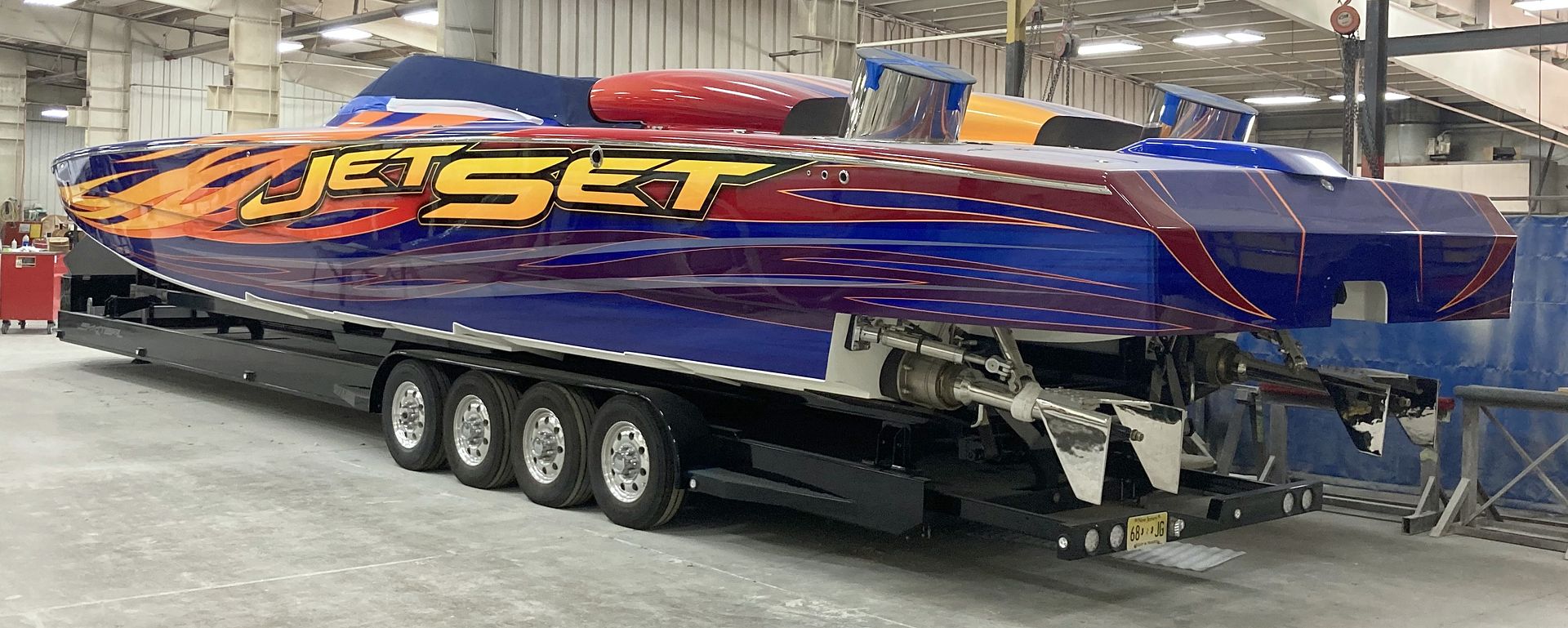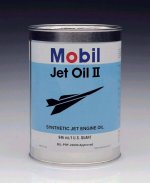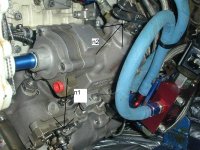:huh:
OK great, so are you say'in it would be nice to have a flat transom area inside and out for the machinery and an angled transom for wave control and flyin re-entery angle, might it simplify the rigging ? :blush5: this could be done with 2-day's plastic's technology and re-enforcement techniques !
Wedge plate are only there for the alignment of the engine. The early drop box drives used a separate wedge plate to accomplish two things.
1. Compensate for the compound angle that occurs when you tilt the drives
2. Allow the engine to be mounted in a more level plane rather than the angle of the transom (this is the same on the #6 Merc)
OK great, so are you say'in it would be nice to have a flat transom area inside and out for the machinery and an angled transom for wave control and flyin re-entery angle, might it simplify the rigging ? :blush5: this could be done with 2-day's plastic's technology and re-enforcement techniques !




